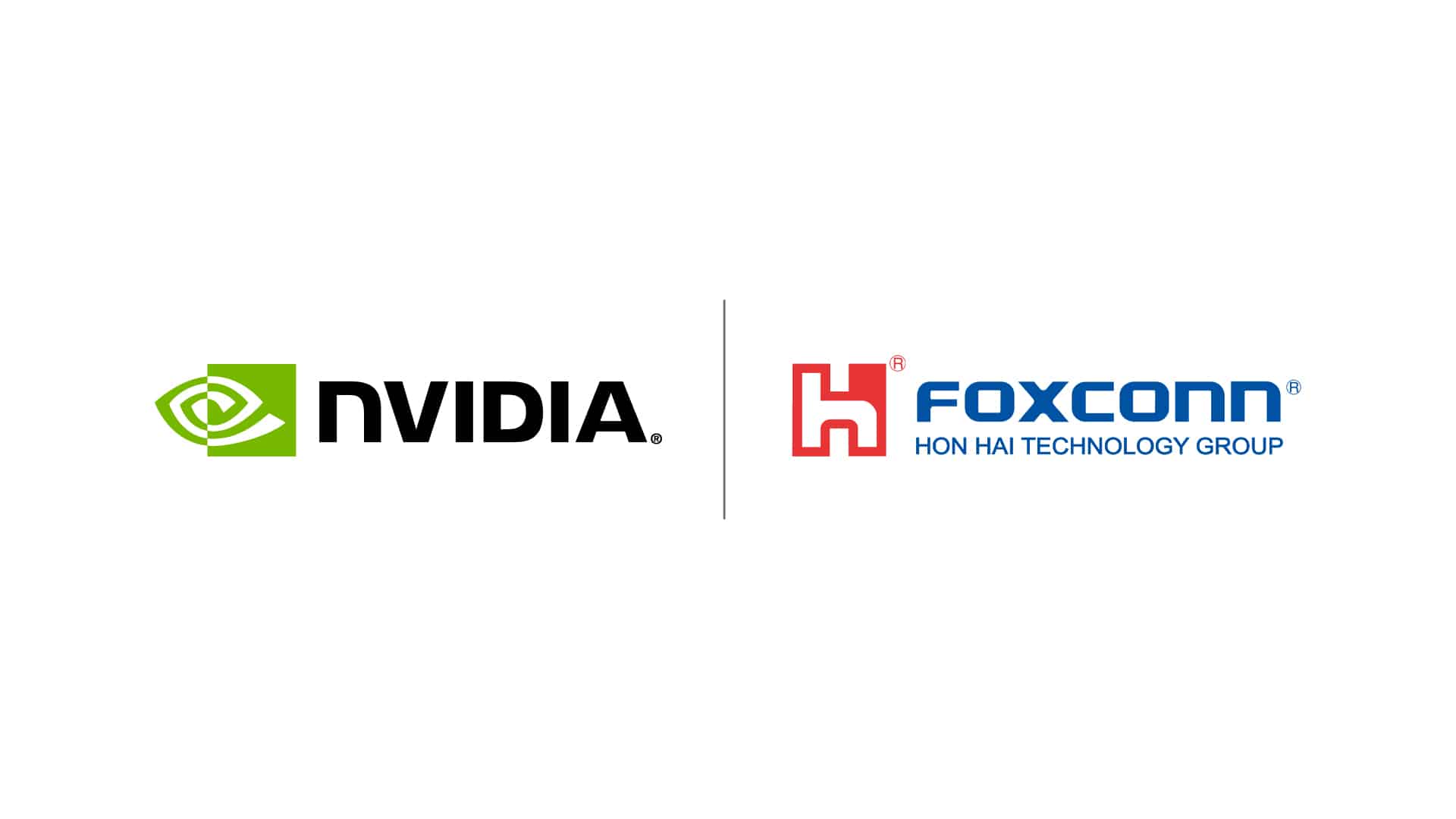NVIDIA and Foxconn Collaborate to Build Taiwan’s Largest Supercomputer
NVIDIA and Foxconn have joined forces to construct Taiwan’s largest supercomputer, marking a significant step in advancing artificial intelligence (AI) capabilities on the island. This ambitious project, known as the Hon Hai Kaohsiung Super Computing Center, was unveiled at the recent Hon Hai Tech Day. The supercomputer will be based on NVIDIA’s revolutionary Blackwell architecture and will feature the GB200 NVL72 platform, which includes an impressive total of 64 racks and 4,608 Tensor Core GPUs.
With an anticipated performance exceeding 90 exaflops dedicated to AI tasks, this machine is set to become the fastest supercomputer in Taiwan. Foxconn plans to leverage the supercomputer’s capabilities to drive breakthroughs in cancer research, the development of large language models, and innovations in smart city infrastructure. This initiative positions Taiwan as a global leader in AI-driven sectors.
Foxconn’s Strategic Vision: The Three-Platform Approach
Foxconn, also known as Hon Hai Precision Industry Co., has laid out a strategic vision that revolves around three main platforms: smart manufacturing, smart cities, and electric vehicles. The new supercomputer will be instrumental in supporting Foxconn’s ongoing efforts in these areas, especially in digital twins, robotic automation, and smart urban infrastructure. This development will bring AI-assisted services to urban environments, particularly in areas like Kaohsiung.
Construction and Deployment Timeline
Construction on the groundbreaking supercomputer has already begun in Kaohsiung, Taiwan. The first phase of the project is expected to be operational by mid-2025, with full deployment targeted for 2026. This phased approach aims to ensure that the supercomputer’s advanced capabilities are integrated smoothly with existing infrastructure.
Integration with NVIDIA Technologies
The project will integrate NVIDIA technologies such as the NVIDIA Omniverse and Isaac robotics platforms. These tools will support AI and digital twins technologies, which are crucial for transforming manufacturing processes. Digital twins are virtual replicas of physical entities, allowing for real-time monitoring and simulation, which can significantly enhance efficiency and innovation in manufacturing.
James Wu, Foxconn Vice President and Spokesperson, highlighted the significance of this collaboration, stating, "Powered by NVIDIA’s Blackwell platform, Foxconn’s new AI supercomputer is one of the most powerful in the world, representing a significant leap forward in AI computing and efficiency."
Inside the GB200 NVL72 Platform
The GB200 NVL72 is a cutting-edge data center platform optimized for AI and accelerated computing. Each rack boasts 36 NVIDIA Grace CPUs and 72 NVIDIA Blackwell GPUs, all interconnected via NVIDIA’s NVLink technology, providing an astounding 130TB/s of bandwidth. This infrastructure allows the 72-GPU system to operate as a single, unified GPU, making it ideal for training large AI models and executing complex inference tasks on trillion-parameter models in real-time.
Foxconn: A Global Leader in Electronics Manufacturing
Based in Taiwan, Foxconn is globally recognized as the world’s largest electronics manufacturer. The company is known for producing a diverse range of products, from smartphones to servers, for leading technology brands worldwide. With a vast global workforce and manufacturing facilities spread across the globe, Foxconn plays a crucial role in supplying technology infrastructure worldwide. The company is a leader in smart manufacturing and is one of the pioneers in industrial AI, as it digitalizes its factories using NVIDIA Omniverse.
Foxconn was also among the first companies to incorporate NVIDIA NIM microservices in developing domain-specific large language models (LLMs). These models are embedded into various internal systems and processes within its AI factories, facilitating advancements in smart manufacturing, smart electric vehicles, and smart cities.
A Global Network of Advanced Supercomputing Facilities
The Hon Hai Kaohsiung Super Computing Center is part of a broader global network of advanced supercomputing facilities powered by NVIDIA. This network includes several notable installations across Europe and Asia, representing a considerable leap forward in computational power. These supercomputers utilize NVIDIA’s cutting-edge technology to drive research and innovation across various scientific disciplines.
Conclusion
The collaboration between NVIDIA and Foxconn to build Taiwan’s largest supercomputer signifies a monumental step in the world of AI and advanced computing. This project not only aims to enhance Taiwan’s technological capabilities but also positions the island as a leader in AI-driven industries. By integrating advanced NVIDIA technologies and focusing on strategic platforms like smart manufacturing, smart cities, and electric vehicles, Foxconn is paving the way for a future where AI plays a crucial role in everyday life.
For more information on this exciting development, you can learn more about Hon Hai Tech Day by visiting the official website.
For more Information, Refer to this article.


















![Samsung’s CES 2025 Press Event: ‘AI for All’ Theme [Invitation] Samsung Press Conference at CES 2025 ‘AI for All: Everyday, Everywhere’](https://www.hawkdive.com/media/samsung-technology-ces-2025-invitation-ai-for-all_thumbnail728-218x150.jpg)














